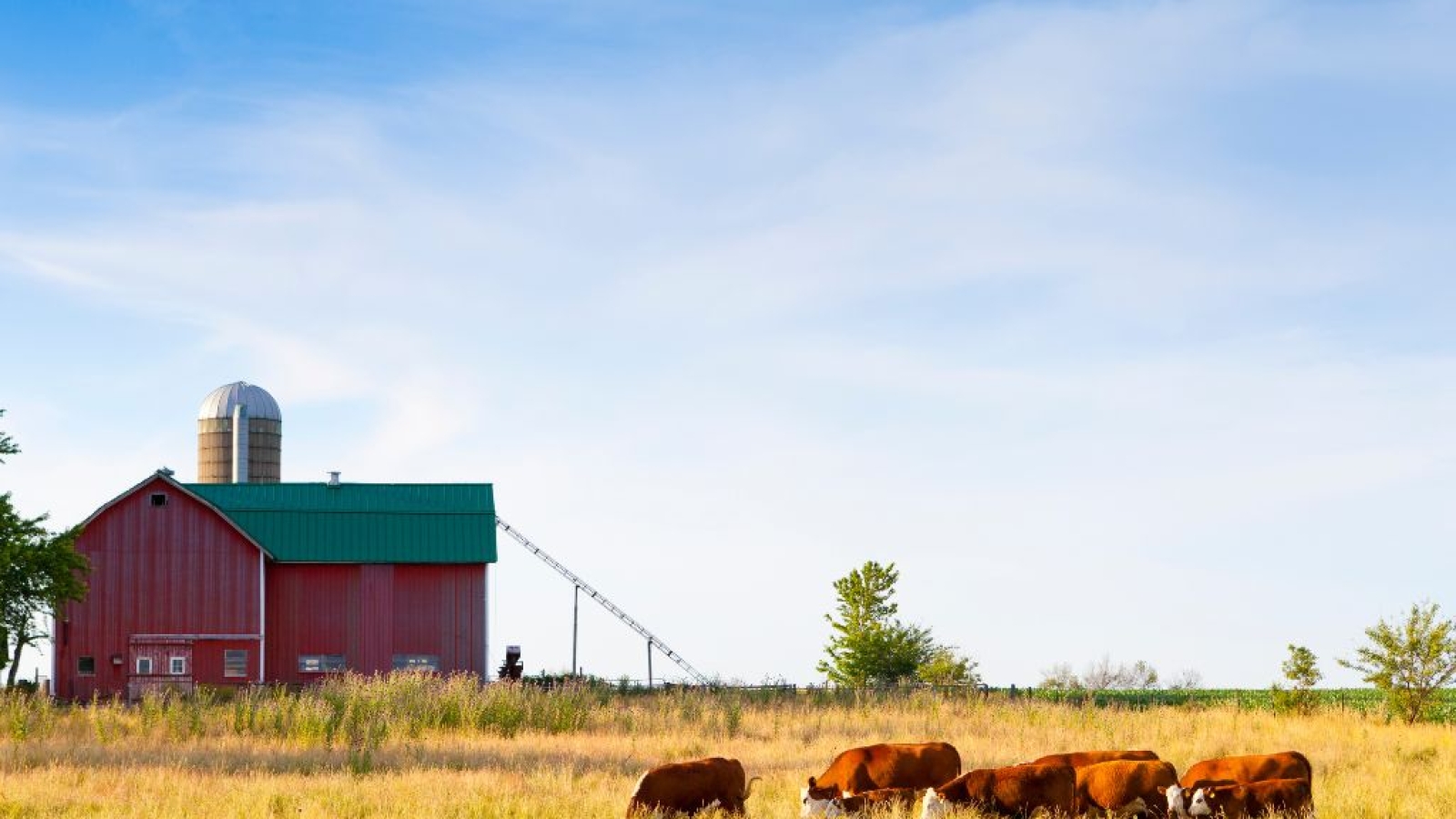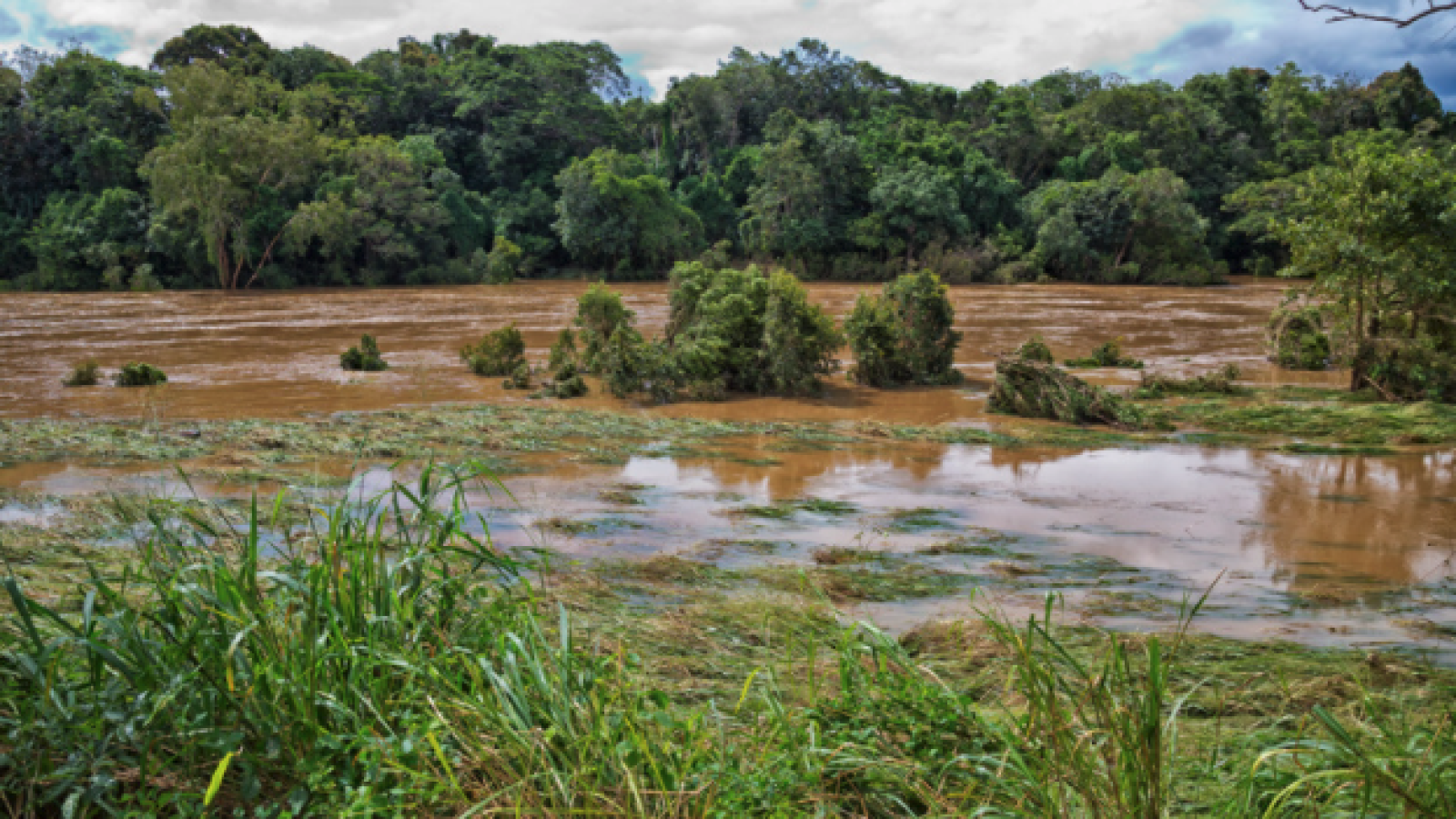Farms and small business owners in Australia know that farm insurance is important – not only to keep their operations running smoothly, but also to protect their livelihoods. Unfortunately, many don’t understand all the options available or know how to go about getting the right coverage.
To help you navigate the complex world of farm insurance in Australia, here’s a comprehensive guide with practical tips and advice for farmers to help protect your business and livelihood.
We will cover what type of coverage you need for your specific situation as well as legal considerations that come along with it. Come take a journey through Farm Insurance 101 – easy peasy!
Understanding the basics of farm insurance in Australia
Australia has a rich agricultural sector, one that supplies the world with various food products. While farming is a rewarding venture, it is also inherently unpredictable and subject to various risks.
This is where farm insurance cover comes in handy. Farm insurance is a type of policy that protects farmers and their property from financial loss resulting from any unforeseen events, such as natural disasters or theft.
As a farmer, understanding the basics of farm insurance is essential in safeguarding your livelihood. It can be a daunting task, but breaking it down into smaller, more manageable chunks can make it much more accessible.
By doing so, you’ll have peace of mind knowing that you’re covered should anything go wrong on your farm.
What types of cover do you need for your farm or rural property
Your farm or rural property is not just a home, it’s an investment that needs protection. Whether you’re a farmer or a hobbyist, it is important to have the right types of cover to ensure that you are protected in case of any unforeseen events.
From livestock to crops, your farm is filled with assets that could be damaged or stolen. That’s why having a comprehensive protection plan is crucial to keeping your livelihood secure. The types of cover that you need will depend on your specific needs and circumstances.
The types of cover can include: home property, farm property, public and products liability, accident and sickness cover, livestock, and machinery breakdown. With a comprehensive Steadfast Farm Insurance policy you will be covered for all of these.
It is always wise to consult an insurance consultant who can guide you through the process and help tailor a plan that is uniquely suited to your farm or rural property. With the right protection in place, you can have peace of mind and focus on growing your farm for years to come.
How to choose the right insurance policy
As a farmer, protecting your livelihood with the right insurance policy is crucial. With so many options out there, it can be overwhelming to find the policy that fits your unique needs. But fear not, there are a few key factors to keep in mind when choosing the right policy.
First, consider the type of farming operation you run and the potential risks involved. From crop damage to equipment malfunction, different policies will offer varying levels of coverage. Next, evaluate your budget and choose a policy that not only fits your needs, but also your financial means.
Lastly, don’t hesitate to ask questions and seek advice from professionals in the industry. By taking these steps and doing your due diligence, you can feel confident in the insurance policy you choose and focus on what truly matters – growing your farm.
Tips to help make sure you get the right coverage at the best price
Farming isn’t just a business, it’s a way of life. And just like any other aspect of life, it pays to have the right protection in place. But how do you ensure that you’re getting the right coverage at a price that works for you?
The first step is to assess your needs. Once you’ve determined your coverage requirements, it’s time to shop around. Meeting with insurance consultants can help you compare policies and find the best deal for your needs with a tailored insurance policy.
And be sure to ask about bundling policies or implementing safety measures on your farm. With these tips, you’ll be well on your way to finding the perfect farm insurance coverage at a price that works for you.
Benefits of getting farm insurance in Australia
If you own a farm in Australia, then you know just how difficult it can be to maintain a steady income from year to year. With unpredictable weather patterns and expensive, well-used machinery, it can be challenging to keep your finances in order.
But there’s good news: getting farm insurance can help enhance your financial stability and give you peace of mind. With coverage for risks like crop losses, livestock injury or death, and machinery damage, you’ll no longer have to worry about unexpected expenses destroying your budget.
Additionally, some insurance policies can also provide protection for public liability and employee injury claims. In short, investing in farm insurance is a proactive and practical step towards protecting your livelihood, your family and your farm.
Invest in farm insurance in Australia and protect your livelihood
In conclusion, farm insurance in Australia is a must-have for any farmer or rural property owner. Not only does it protect you financially in the case of an unexpected event, but also gives you peace of mind knowing that you are covered and your livelihood will remain intact.
Whether you’re a novice or experienced in farm insurance shopping, understanding the basics, the type of cover needed, choosing the right policy, finding great deals and weighing up the key factors will help ensure that you get the best coverage at a competitive price.
By ensuring all these things are considered when looking for farm insurance policies, it will provide farmers with fantastic protection and give them greater flexibility in their farming operations so they can take advantage of the incredible benefits of farm insurance in Australia!
If you need guidance while shopping around for the perfect policy our experienced team at Business Insurance Consulting can help.
Credits
Business Insurance Consulting – https://businessinsuranceconsulting.com.au/farm-insurance-at-a-glance/
Steadfast – https://www.steadfast.com.au/insurance-types/business-insurance/farm-insurance





































